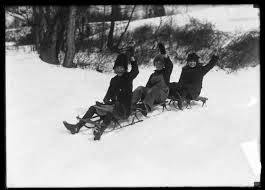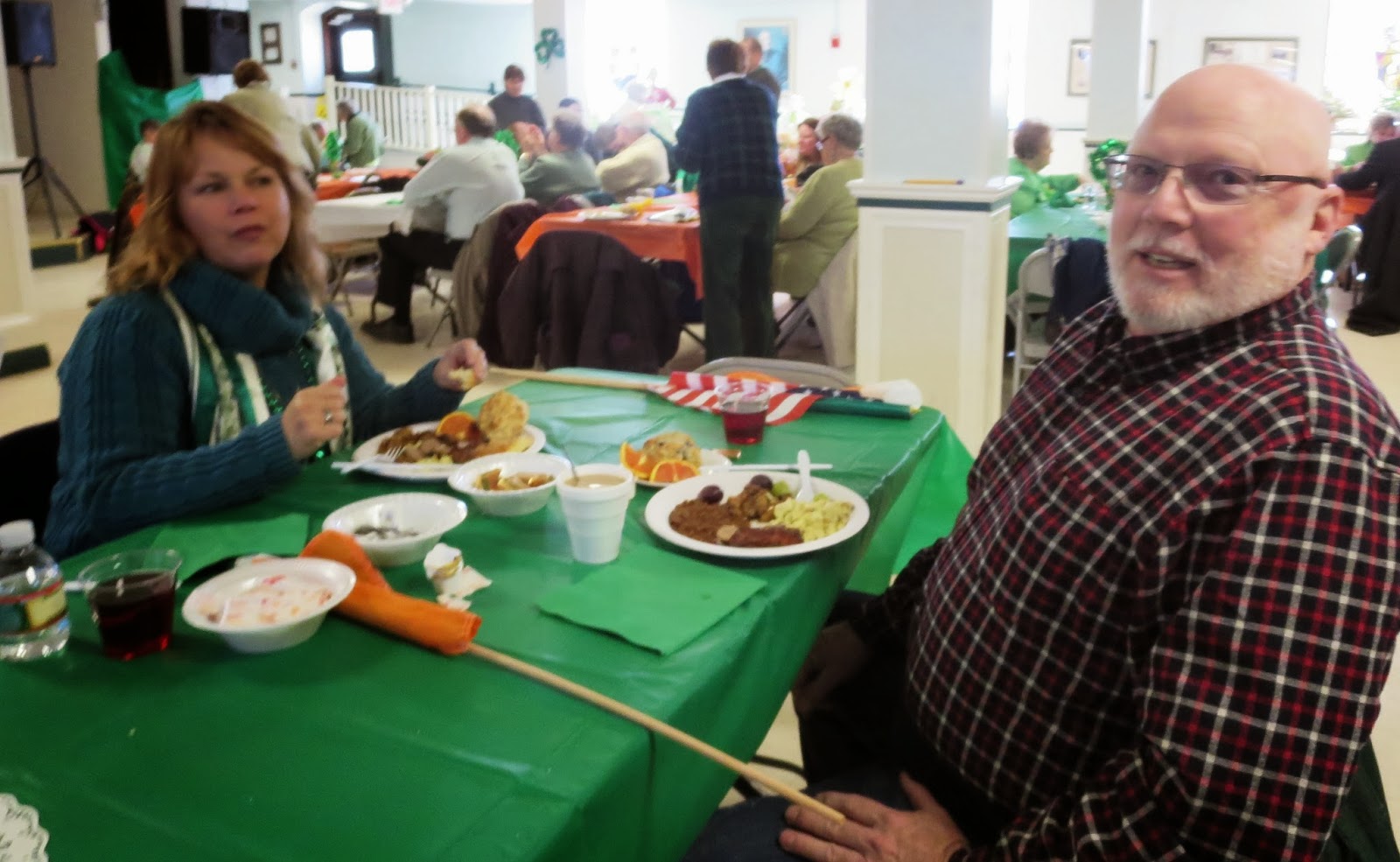 |
| Map- Lowell, 1850 |
 |
| Lowell Mercury, 1830 |
Right on Lowell Street was Stephen Gale who sold
stoves. And there was Willard’s West
Indies Dry Goods Store specializing in “pure and choice wines.” You could have your clothes made at Hobb’s
Clothes Ware-House. Bethuel Cross sold
crockery and China ware on Lowell Street.
The Exchange Coffee House, owned by Owen Donohoe, was a busy place for Irish
and Yankee alike. Mrs. Rice had a
cottage just off of Lowell St. where she offered her nursing services. Richard Walsh had his Catholic bookstore
right across the street from the Rev. Mr. Blanchard’s house. (Was it intentional that Walsh made it a
point to advertise his Catholic business was located across the street from a
Protestant minister’s home?) There were
a myriad of livery stables and harness shops as well. Hugh Cummiskey, in partnership with Samuel
Murray, had a West Indies Dry Goods Story on the corner of Lowell Street and
Cummiskey Alley. Almost all were Yankee
businesses in these early days, but the Irish did have a sort of monopoly on one
certain business. Grog shops abounded in
every basement along Lowell Street and all the little alleys in between. On the weekends it was known that local
living rooms transformed into saloons. At least that was the opinion of the
local constabulary.
If you kept walking down Lowell Street the shanties became
fewer and father apart. Heading towards
the river, you might have heard the sound of stone being cut and carved. You would have come across the workshop of
Benjamin Day, stone carver. Day had probably arrived in Lowell to set up
shop as early as 1830 and started advertising his trade in the Lowell Mercury. Previous to Lowell he established himself in
Salem, MA. His work could be found
throughout Essex and Merrimack Counties.
Day’s workshop would have been on the corner of the present Salem and
Decatur Streets. Grieving families,
looking to purchase a grave stone, would have gone to his shop and seen stacks
of slates that had been precut, many with the iconic willow and urn pattern of
Yankee New England, already carved. The
stones lay there awaiting the names and dates of the deceased to be added. Day’s price also included delivery and setup
at the cemetery. With his shop within
the Irish district, it’s not surprising a number of his stones can be found at
St. Patrick’s Cemetery. One can imagine
families walking by his workshop day after day going to work or to shop. At the time of a loss they might find a
familiar face with Mr. Day, their neighbor.
 |
| John Bork's stone w/ Day signature |
Each carver had his particular style that he would call his
own. Stones can be identified by certain
borders, finials, and stippling. The
earliest stone in Saint Patrick Cemetery is that of young John Bork carved by
none other than B. Day. Bork’s simple,
small, slate stone with willow and urn design is typical of Day’s carving
style. A number of stones, slate and
marble, have the name Benjamin Day name carved at the base, as was typical of
his style. The sad part is that most of
the early slates have been snapped to lay flat in the ground and the signature
of the carver is missing. Even sadder is
that the many shamrock slate stones in the cemetery, show great similarities to
Day’s style, but cannot be proven to be his work.
As the city grew other carvers such as David Nichols and
Theodore Warren joined in to fill the need.
Benjamin Day kept his shop going for many years. As historian, Marilyn Day states, Benjamin
Day bought a lot at the Lowell Cemetery, but ironically no stone marks his
grave.
For a great read on a
history of Benjamin Day read Ms Day’s account http://www.pelhamnhhistory.org/library/pdffiles/day/benjaminday.pdf
.
I must add here that
like many of you I walked Market and Salem Streets (Lowell Street) many times
in my youth. I was always struck by the
old store fronts with the large glass windows.
They reminded me of a time past, and I wondered what shops had first
sold their goods here. Many of these
businesses still retained the old entry to cellar ways in the middle of the
sidewalk that were used to bring goods into storage. A misstep could send you flying. . The
storefronts had advertisements for fresh black olives and windows filled with pyramids
of cans of olive oil from Greece.
Tournas’ had their trays of baklava and barrels of peanuts. The neighborhood Hugh Cummiskey had known was
transformed to one that represented those that came after him, and would change
hands yet again. When I got to the
corner of Salem and Decatur there was an empty lot. I often wondered about that lot. After doing research for this article I found
this was the site of Benjamin Day’s workshop.
I remember an old garage being in the rear. Was this part of Benjamin’s shop? Was the lot empty because of the stones left
behind by Benjamin? It’s nice to think
so.






.jpg)







